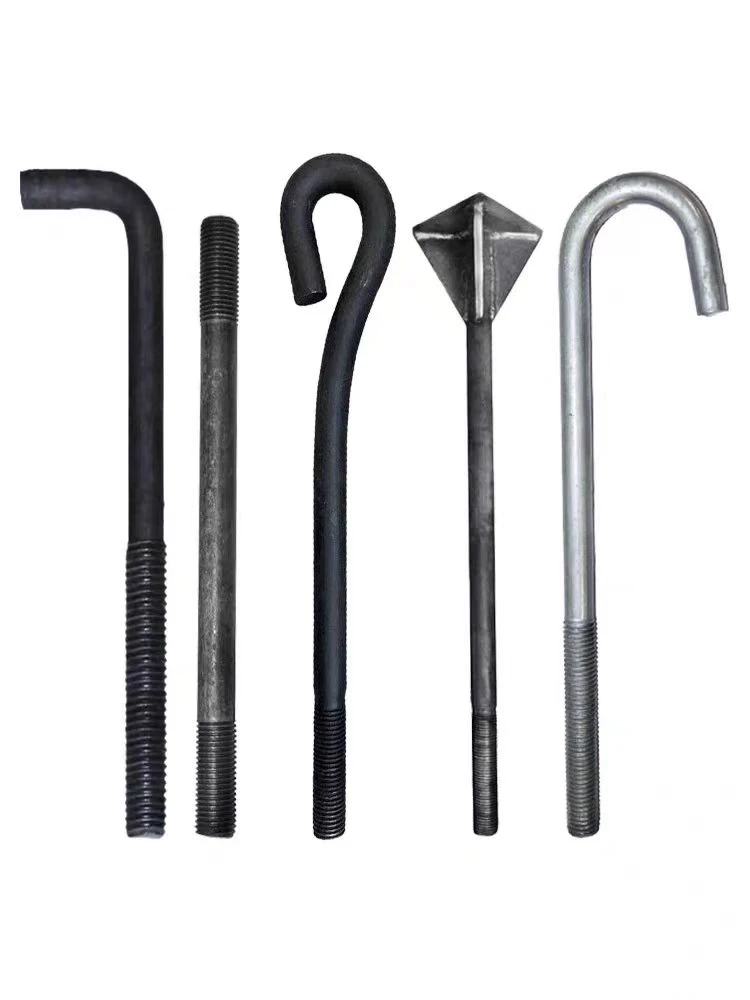

self tapping metal to wood screws
Dic . 07, 2024 04:25 Back to list
self tapping metal to wood screws
Self-Tapping Metal to Wood Screws An Essential Guide
When it comes to construction, woodworking, or DIY projects, choosing the right fasteners is crucial to ensure durability, strength, and the overall integrity of the structure being built. Among the various types of screws available, self-tapping metal to wood screws play a significant role, particularly when fastening metal components to wooden surfaces. This guide delves into the key features, applications, installation process, and considerations when using self-tapping screws in metal-to-wood connections.
Understanding Self-Tapping Screws
Self-tapping screws are designed to create their own hole when driven into a material. Unlike standard screws that require a pre-drilled hole for installation, self-tapping screws have sharp tips that allow them to carve out a path through the material. This unique characteristic is particularly valuable in applications where metal and wood are combined. In woodworking, self-tapping screws simplify the installation process, saving time and effort while providing a secure fit.
Key Features of Self-Tapping Metal to Wood Screws
1. Material Composition These screws are usually made from high-strength materials such as stainless steel or galvanized steel, which offer excellent resistance to corrosion, making them suitable for both indoor and outdoor applications.
2. Thread Design The threads on self-tapping screws are designed to maximize grip in wood while allowing for easy penetration. Coarse threads are typically preferred for wood as they provide a better holding power, while finer threads may be more suitable for metal.
3. Tip Geometry The pointed tip of self-tapping screws enables them to penetrate metal sheets and wooden surfaces without the need for pre-drilling. Some designs even include a drill bit feature which enhances the speed and efficiency of the fastening process.
4. Head Styles These screws come in various head styles, including flat, round, and hex heads, allowing for versatility in different applications. The choice of head style can affect the aesthetic appearance and the type of tool required for installation.
Applications of Self-Tapping Metal to Wood Screws
Self-tapping metal to wood screws are widely used in various applications, including
self tapping metal to wood screws

- Building and Construction Used for fastening metal brackets, frames, and supports to wooden structures. - Furniture Assembly Ideal for constructing furniture that combines wood and metal components, providing a clean and durable finish. - DIY Projects Perfect for home improvement enthusiasts who require robust fasteners for assembling different materials in craft and building projects. - Indoor and Outdoor Use Their corrosion-resistant properties make them suitable for both interior and exterior applications, including decks, fences, and outdoor furniture.
Installation Process
Installing self-tapping metal to wood screws is a straightforward process, but there are several steps to keep in mind for optimal results
1. Choose the Right Screw Size Select a screw that is appropriate for the thickness of the materials being joined. The screw length should typically extend at least 1 inch into the wood for a secure hold.
2. Align the Materials Position the metal and wood together, ensuring they are aligned properly. This step is critical to guarantee the strength of the connection.
3. Drive the Screw Using a drill or screwdriver, place the screw at the desired angle and begin driving it into the materials. The self-tapping feature will allow the screw to create its own hole.
4. Check for Security Once fully inserted, it’s essential to ensure the screw is secure without over-tightening, which can strip the hole or damage the materials.
Considerations and Best Practices
While self-tapping screws are efficient and convenient, there are several considerations to ensure effective use
- Material Compatibility Ensure that the self-tapping screws are compatible with the specific type of metal being fastened to the wood. - Avoid Over-Tightening Over-tightening can lead to stripped threads or damage to the materials, so always exercise caution. - Use a Pilot Hole for Thicker Materials For particularly thick metal or harder wood, drilling a pilot hole may help facilitate easier installation.
In conclusion, self-tapping metal to wood screws serve as an essential fastening solution in various construction and DIY projects. Their ease of use, strength, and ability to create secure connections between metal and wood materials make them invaluable tools in any toolkit. By understanding their features, applications, and installation best practices, users can ensure they achieve the best results for their projects.
Latest news
-
Hot Dip Galvanized Bolts-About LongZe|High Strength, Corrosion Resistance
NewsJul.30,2025
-
High-Strength Hot Dip Galvanized Bolts - Hebei Longze | Corrosion Resistance, Customization
NewsJul.30,2025
-
Hot Dip Galvanized Bolts-Hebei Longze|Corrosion Resistance&High Strength
NewsJul.30,2025
-
High-Strength Hot-Dip Galvanized Bolts-Hebei Longze|Corrosion Resistance&High Strength
NewsJul.30,2025
-
Hot Dip Galvanized Bolts-Hebei Longze|Corrosion Resistance&High Strength
NewsJul.30,2025
-
Hot Dip Galvanized Bolts - Hebei Longze | Corrosion Resistance, High Strength
NewsJul.30,2025

